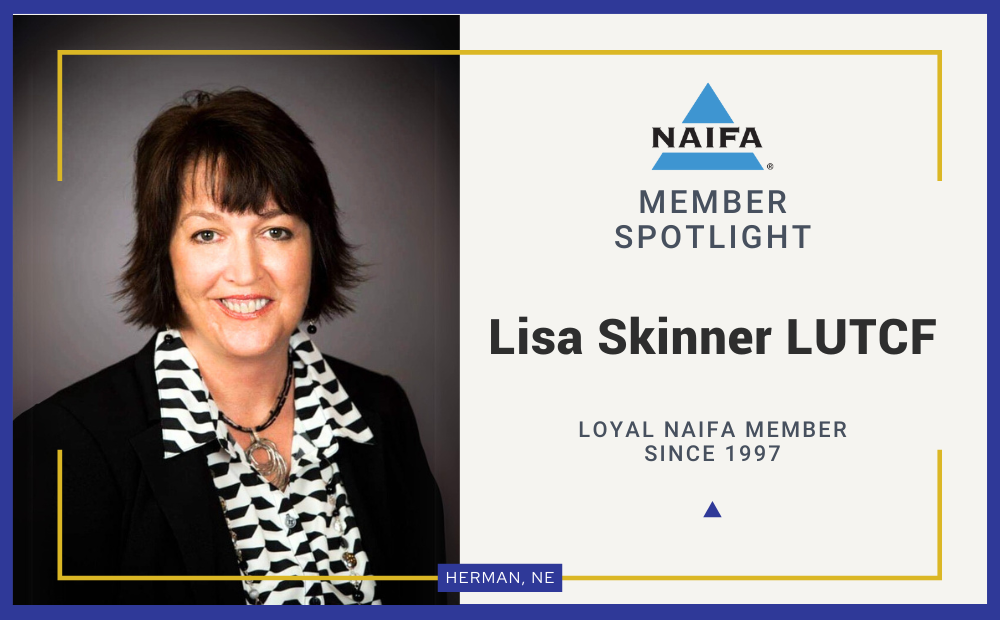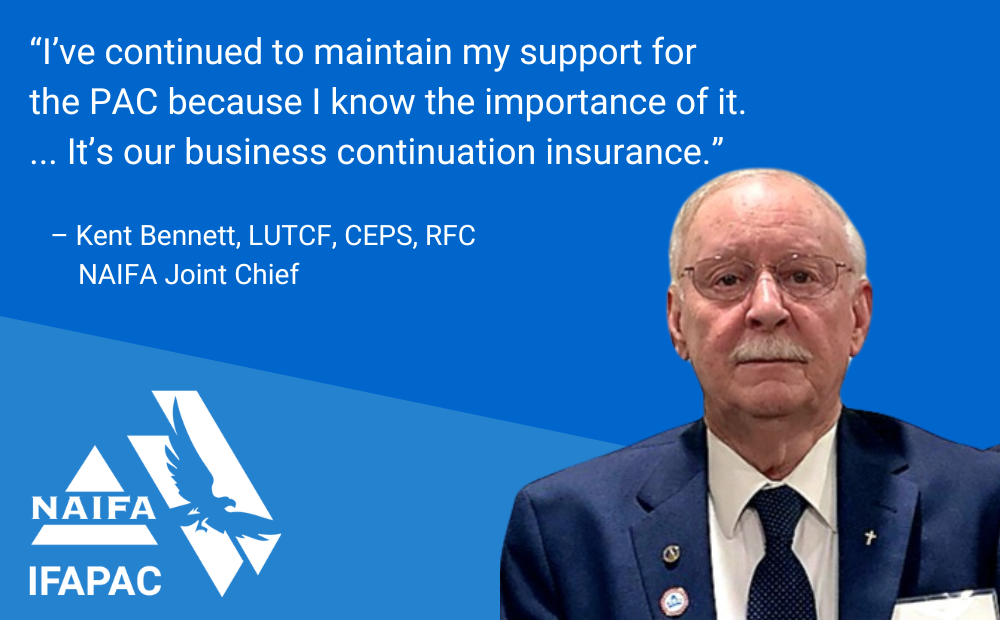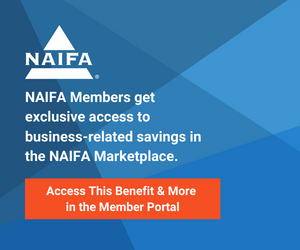Health reimbursement arrangements (HRAs), which are an integral component of many organizations’ consumer-directed health-care plans (CDHPs), celebrated their 10th anniversary on July 15.
These employer-based plans allow consumers to use accounts funded by their employers for qualified medical services. HRAs offer a number of advantages. Employers’ HRA contributions are not taxed, HRAs have no contribution limits, and employers may decide to let unused funds carry over each year or even stay with the employee after termination.
HRAs, along with health savings accounts (HSAs), are gaining in popularity in the United States. According to a recent study by Mercer National Survey of Employer-Sponsored Health Plans, commissioned by the American Association of Preferred Provider Organizations, CDHP enrollment was up 18 percent last year.
The Mercer study also found that the average employee enrollment is higher in plans with HRAs. When employees have a choice between account-based plans and another medical plan, enrollment averages 31 percent for HRA-based plans and 21 percent for HSA-based plans.
“While everyone is analyzing the impact of the Supreme Court’s decision, HRAs are quietly celebrating their 10th anniversary,” says Jamie Spriggs, president of ConnectYourCare, whose consumer-directed, health-care benefit delivery platform provides a pathway for migration to account-based health plans. “HRAs and their younger sibling, HSAs, are having a new impact on controlling health-care costs and producing healthier outcomes,” adds Spriggs.
HSAs are predicted to become increasingly popular as cost-savings vehicles after the Supreme Court upheld the constitutionality of the Patient Protection and Affordable Care Act. It is estimated that 21 million Americans with private health insurance in 2011 were enrolled in a CDHP or an HSA-eligible plan, according to a study by the Employee Benefit Research Institute.
Such consumers were found to be more likely to check whether their plan would cover the care they need, ask for a generic drug option, discuss treatment costs with a physician, use an online cost-tracking tool, and develop a budget, when compared to consumers who did not enroll in a CDHP.
The Towers Watson consulting firm also reports that over half of employers have implemented account-based health plans, which are paired with high-deductible plans and have low premiums, making healthcare more cost-effective. The substantial growth in these plans may be attributed to the increase in health insurance costs over the past decade, which have more than doubled. Since 2001, family premiums have increased by 113 percent, according to the Kaiser Family Foundation.
For more information, visit www.ConnectYourCare.com.
———
By Ayo Mseka
Editor-In-Chief
Advisor Today








.png?width=300&height=300&name=CC%202025%20Ad%20(300%20x%20300%20px).png)
.png?width=300&height=600&name=Tax%20Talk%20Graphic%20-%20email%20tower%20(300%20x%20600%20px).png)



.png?width=300&name=NAIFA-FSP-LH%20with%20tagline%20-%20AT%20blog%20email%20ad%20(300%20x%20250%20px).png)
.png?width=728&height=89&name=2024%20Congressional%20Conference%20(728%20x%2089%20px).png)
